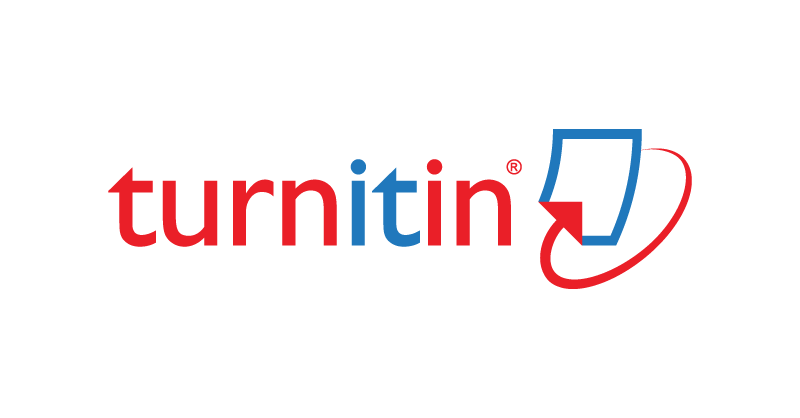Analysis of Product Quality Improvements to Reduce Coffee Bean Defects with Six Sigma Method
DOI:
https://doi.org/10.32734/jsti.v24i1.7517Keywords:
Coffee Beans, Six Sigma, Quality ImprovementAbstract
Rapid technological developments have led to increasingly fierce competition, especially in the coffee industry. PT XYZ as a company engaged in the processing of coffee beans must continue to improve the quality of products in order to continue to compete. However, in the last 3 years there has been an increase in the number of defective coffee beans, in 2020 by 21.4%. This thesis discusses how to reduce the level of coffee bean defects by using the quality improvement method by following the stages in six sigma, and looking for the causes of these defects. The calculation results obtained that the DPMO at PT XYZ is 0.1790 and the sigma value is 2.42. Factors causing the increasing number of defective coffee beans are materials, machines, and the environment. Some of the solutions are to check the time of purchasing raw materials from farmers before buying raw materials from collectors, make and schedule routine inspections of machines or replace machines that are not suitable for use, provide training to operators and make SOPs and work instructions for each job. stations, Purchase of water content detectors for coffee raw materials, and add a green house.
Downloads
References
ICO Staff. “Statistics data International Coffee Organization (ICO),†2020. [Online]. Available: http://www.ico.org/trade_statistics.asp. [Accessed: Jun. 20, 2021].
Matajang, S. W, “Pengukuran dan Analisis Produktivitas Produksi PT XYZ dengan Menggunakan Metode Objective Matrix (OMAX),†2020.
Malezka, A., Linke, M, “Improvement of management process by using lean six sigma tools in of food industry,†Pol. J. Nat. Sci, vol. 31, pp. 101-112. 2016.
Antony, Vinodh, Gijo, “Lean Six Sigma for Small and Medium Sized Enterprises,†vol. 27. 2016.
R. S. Russell, and B. W. Taylor, Operations Management: Quality and Competitiveness in a Global Environment, Wiley. 2016.
G. Brue. (2002). Six sigma for Managers. A briefcase Book., Mc Graw-Hill.
Gutierrez-Gutierrez, L., Barrales-Molina, V., Fernandez-Giordano, M., and Lopez-Morales, B, “Six Sigma for Dynamic Capabilities Development: Becoming More Flexible Organizations,†International Journal of Lean Six Sigma, vol. 1, no. 1, pp. 35-56. 2020.
Mariam.7 Jacobs, Cultural Impact on Lean Six Sigma and Corporate Success, Germany: Springer Gabler, 2015. [Online] Available: Springer Gabler.
Rapaka M P, “Six sigma methods and formulas for successful quality management,†Int. J. Eng. Res. Appl, vol. 7, no. 1, pp. 49-52. 2017.
Jowwad, M. S., Gangha G, Indhu B, “Lean six sigma methodology for the improvement of the road construction projects,†Int. J. Civ. Eng. Technol, vol. 8, pp. 248-259. 2017.
Downloads
Published
How to Cite
Issue
Section
License
Copyright (c) 2022 Jurnal Sistem Teknik Industri

This work is licensed under a Creative Commons Attribution-ShareAlike 4.0 International License.
The Authors submitting a manuscript do so on the understanding that if accepted for publication, the copyright of the article shall be assigned to TALENTA Publisher Universitas Sumatera Utara as the publisher of the journal.
Copyright encompasses the rights to reproduce and deliver the article in all forms and media. The reproduction of any part of this journal, its storage in databases, and its transmission by any form or medium will be allowed.



















